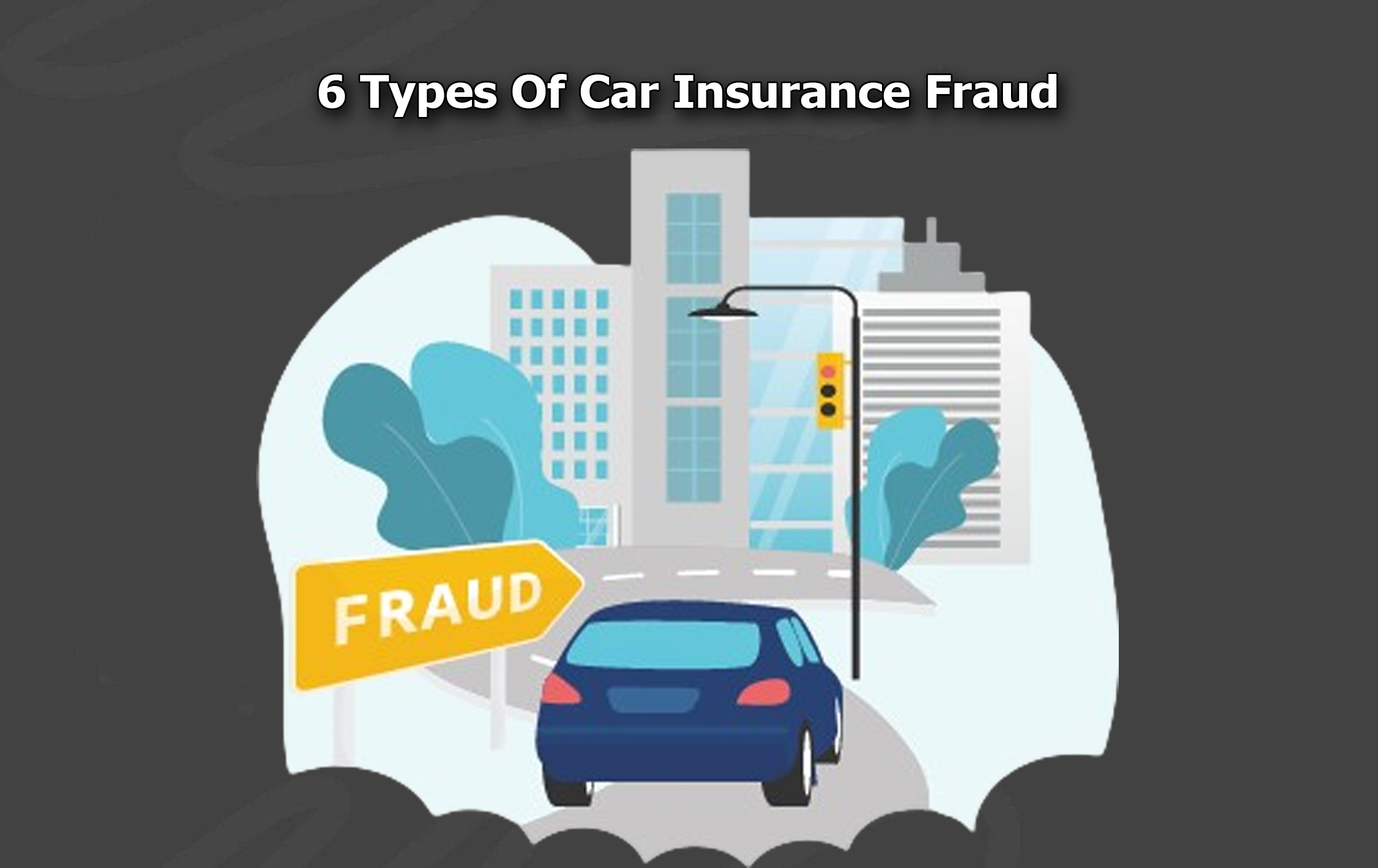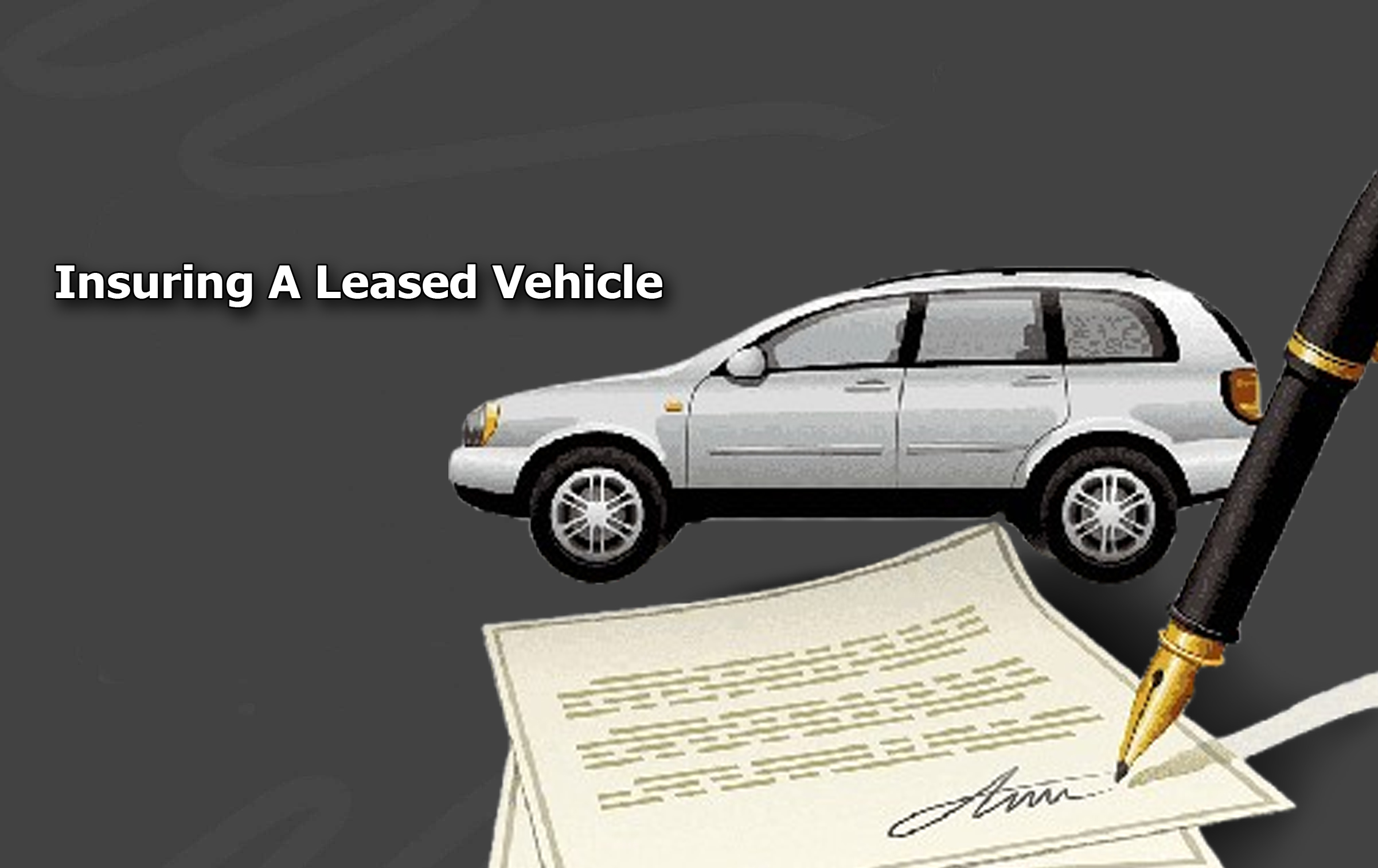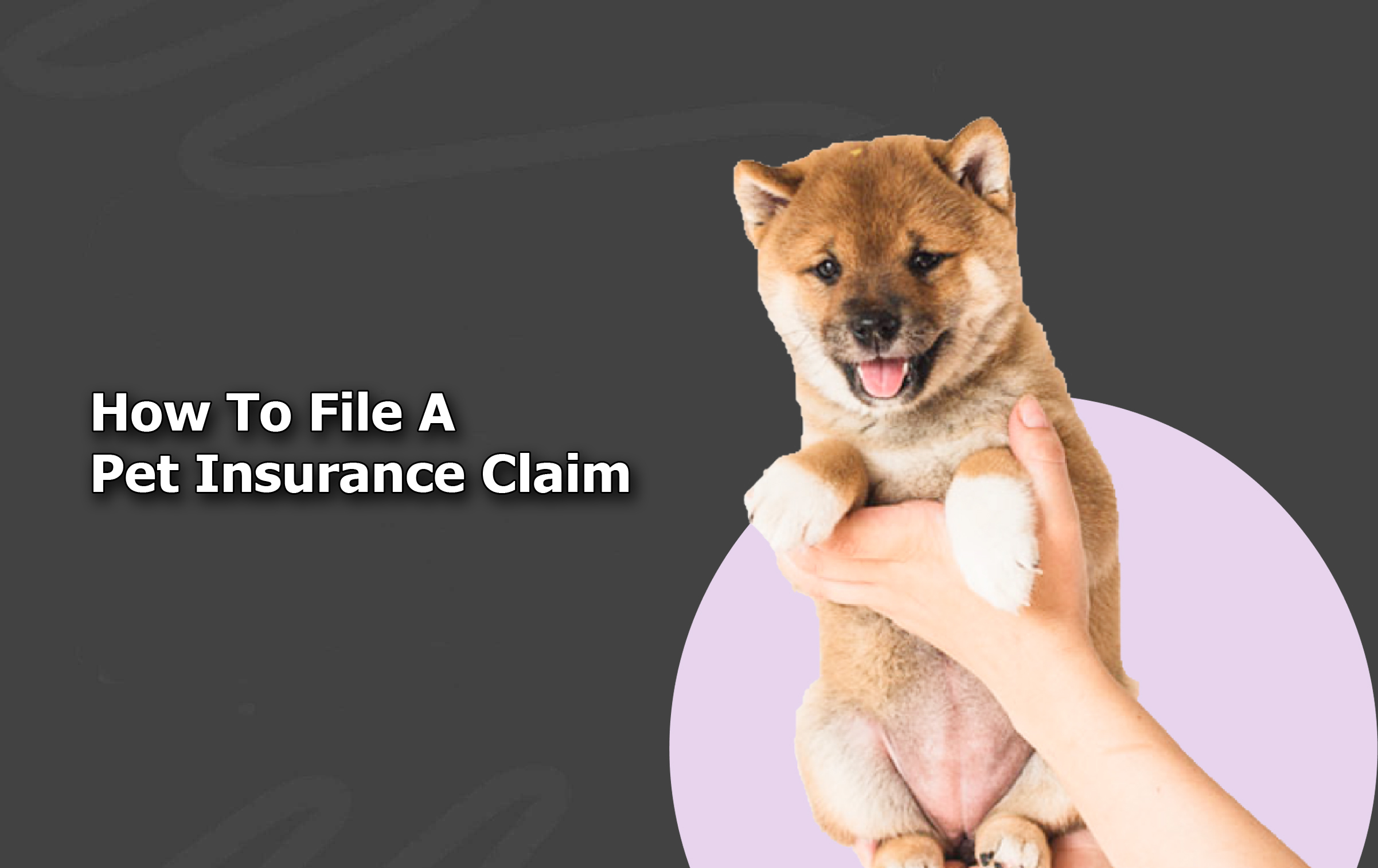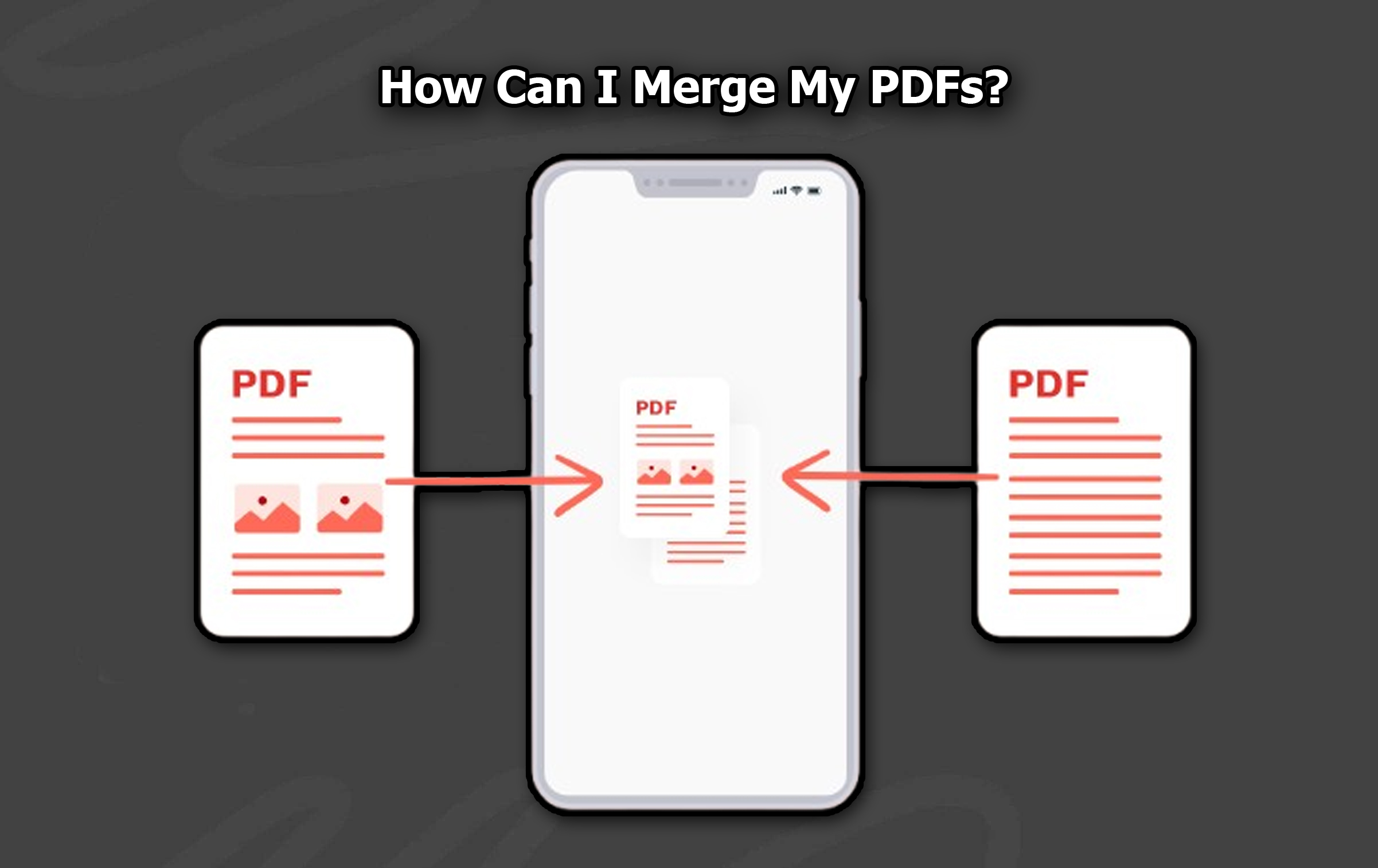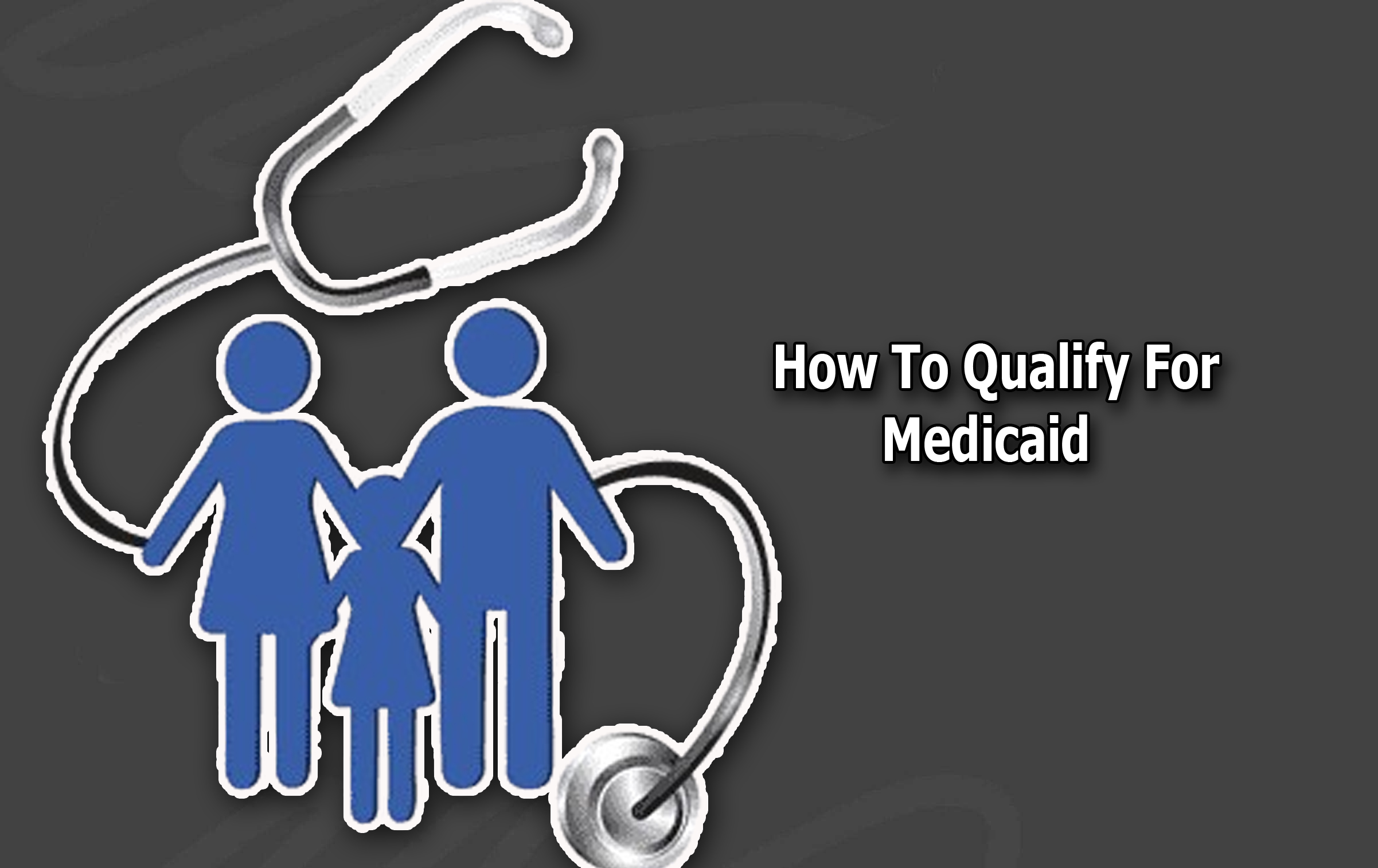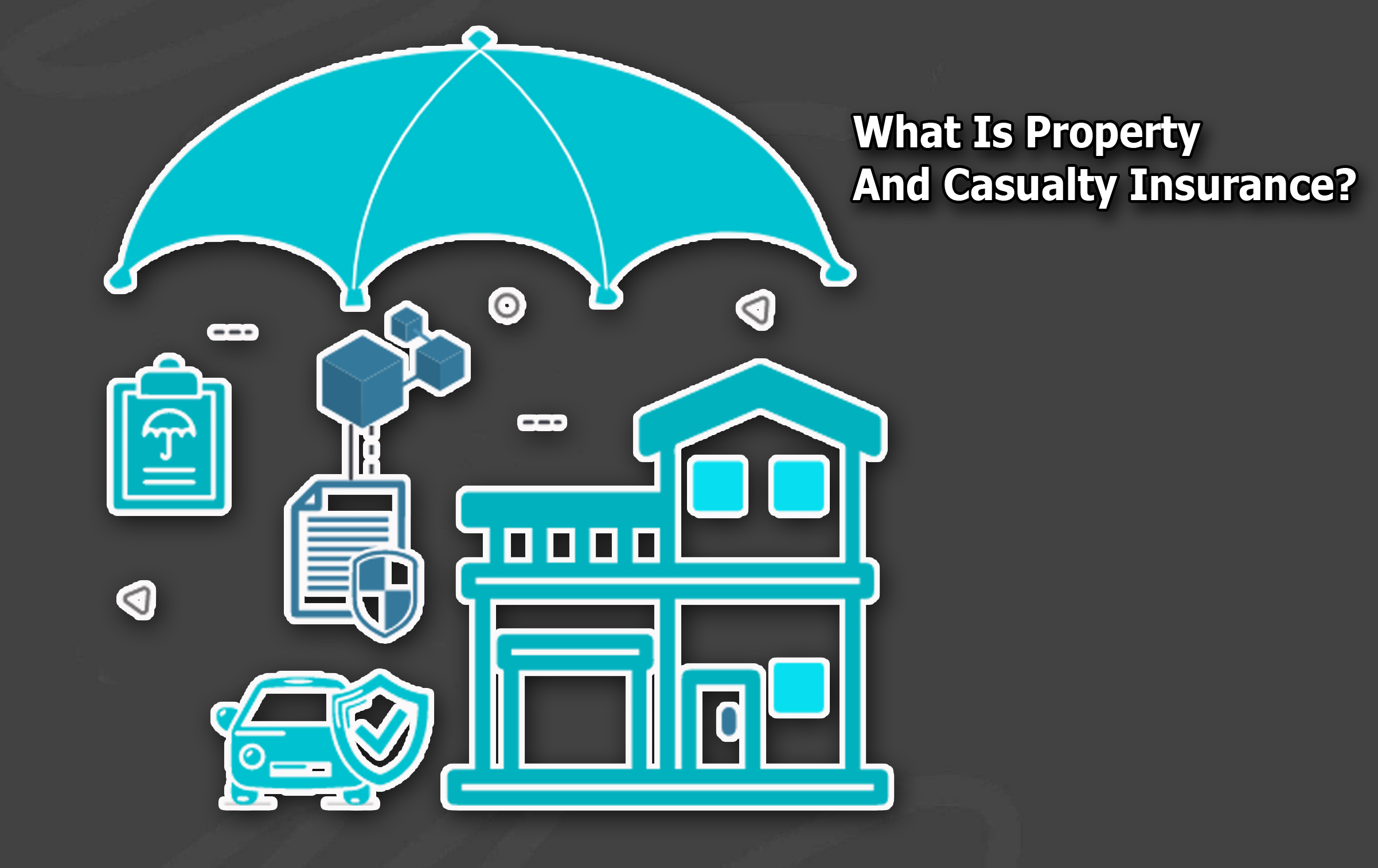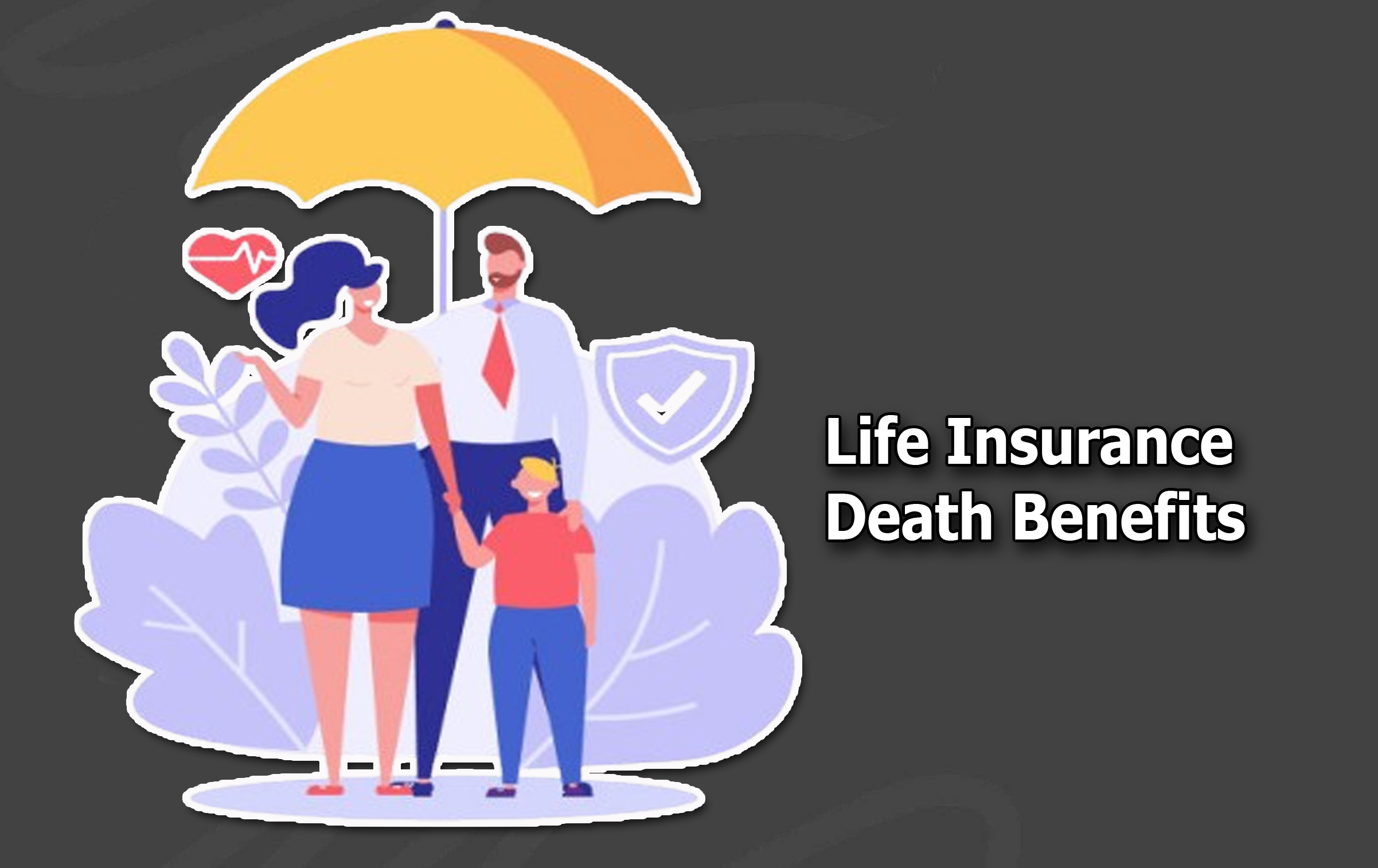What are the 10 most expensive cars to insure? Purchasing car insurance is an important aspect of owning a vehicle since it offers financial protection in case of accidents, theft, or damage.
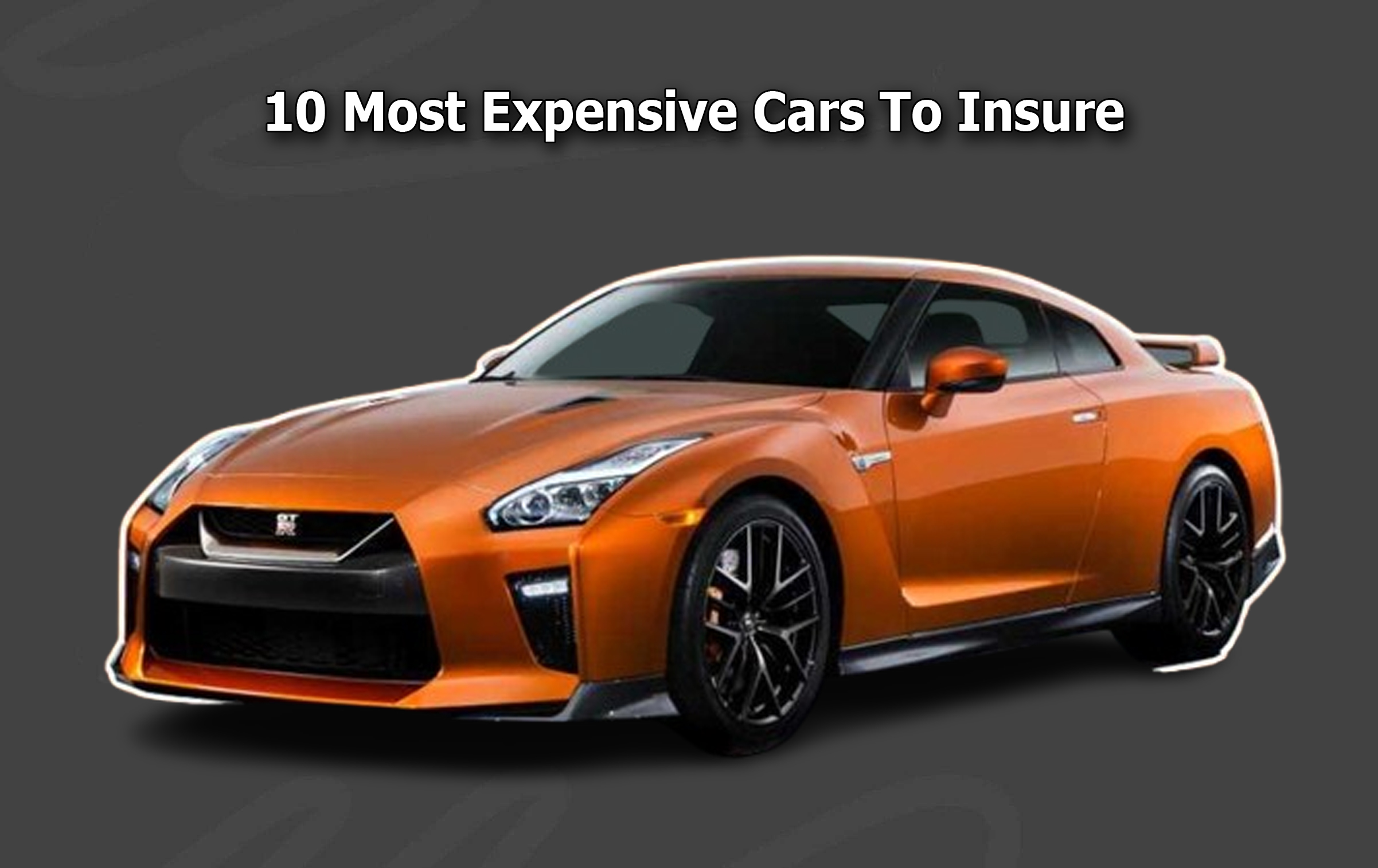
However, not all cars are insured at the same rate. Some vehicles, especially high-end luxury and sports cars, come with higher insurance costs due to their high market value, expensive repairs, and increased likelihood of theft or damage.
Hence, when purchasing a luxury vehicle, it is essential to consider not only the purchase price but also the cost of insuring it.
What’s more, factors that contribute to high insurance premiums include the car’s replacement value, repair costs, safety features, and overall risk assessment by insurance companies.
High-performance cars often have higher speeds and powerful engines, making them more prone to accidents. On the other hand, luxury vehicles have expensive materials that are costly to replace.
Factors That Affect Car Insurance Costs
First, it is very essential to understand the factors that influence insurance rates. There are numerous elements that contribute to the high cost of insuring a vehicle, many of which are particularly relevant to luxury and performance cars. These factors include:
Market Value And Replacement Cost
Luxury and high-performance vehicles typically come with a hefty price tag, which makes them more expensive to replace if damaged or totaled. Thus, insurance companies calculate the potential payout they may need to cover, which directly impacts the premium costs.
Theft Rates
Some luxury cars are prime targets for theft due to their high resale value and demand for parts. So, insurance companies assess the theft rate of a vehicle when determining insurance costs. This means models with high theft rates tend to have higher premiums.
Repair And Maintenance Costs
Expensive cars often use specialized materials and advanced technology, leading to costly repairs. Vehicles with carbon fiber bodies, custom parts, or hand-crafted interiors require specialized technicians and expensive replacement parts.
All these features only further drives up insurance rates.
Performance And Safety Risks
High-performance sports cars have powerful engines and higher top speeds, which increases the likelihood of accidents. Additionally, insurance providers factor in safety ratings and crash test results to determine the level of risk involved in insuring a particular vehicle.
10 Most Expensive Cars To Insure
Here are the top 10 most expensive cars to insure:
Tesla Model S Plaid
The Tesla Model S Plaid is an electric supercar with an impressive 1,020 horsepower and cutting-edge technology. Furthermore, its high repair costs, expensive battery replacements, and advanced autopilot system contribute to its high insurance premiums.
Mercedes-AMG GT
Mercedes-AMG GT models are equipped with high-performance engines and luxurious interiors. Their expensive repairs, sophisticated technology, and high-speed capabilities result in elevated insurance costs.
Porsche 911 Turbo S
The Porsche 911 Turbo S is a high-performance sports car known for its powerful engine and luxury features. What’s more, the vehicle’s advanced engineering and costly replacement parts make it one of the most expensive cars to insure.
BMW M8 Competition
The BMW M8 Competition is a luxury sports coupe with a powerful twin-turbocharged V8 engine. The vehicle’s high-speed potential, expensive repair parts, and overall market value drive up its insurance rates.
Range Rover SV Autobiography
Luxury SUVs like the Range Rover SV Autobiography also come with high-end materials, advanced off-road technology, and a powerful engine. These factors, along with its popularity among car thieves, contribute to its high insurance rates.
Audi R8 V10 Performance
As one of Audi’s top supercars, the R8 V10 Performance features an exotic design and a powerful naturally aspirated V10 engine. The cost of parts, specialized maintenance, and high replacement value contribute to its high insurance premiums.
Lamborghini Huracán Evo
Lamborghini’s Huracán Evo is another high-performance supercar known for its speed and exotic design. This car has expensive carbon fiber bodywork and specialized engineering leads to high repair and replacement costs.
Eventually, this makes insurance premiums very expensive.
Ferrari F8 Tributo
Ferrari’s F8 Tributo is a top-tier supercar with a high-performance V8 engine. The car has an exclusive nature, expensive parts, and the risk of accidents at high speeds contributes to its high insurance costs.
Maserati Quattroporte
The Maserati Quattroporte is a luxury sedan that combines performance with Italian craftsmanship. Moreover, the cost of specialized repairs and the brand’s reputation for high maintenance expenses make it one of the most expensive sedans to insure.
Dodge Charger SRT Hellcat Redeye
The Dodge Charger SRT Hellcat Redeye is an American muscle car with over 797 horsepower. Its extreme power, high accident risk, and costly repairs result in high insurance premiums.
Frequently Asked Questions
Why Are Luxury And Sports Cars More Expensive To Insure?
Luxury and sports cars are expensive to insure due to their high market value, costly repairs, advanced technology, and increased accident risks. Insurance providers factor in these elements when determining premium rates.
Can I Reduce The Insurance Cost For An Expensive Car?
Yes, you can actually lower insurance costs by increasing deductibles and installing anti-theft devices. Other functions could include maintaining a clean driving record and shopping around for better insurance rates.
Do Electric Cars Have Higher Insurance Costs?
Electric cars, like Tesla models, often have higher insurance costs due to expensive battery replacements and advanced technological features that require specialized repairs.

